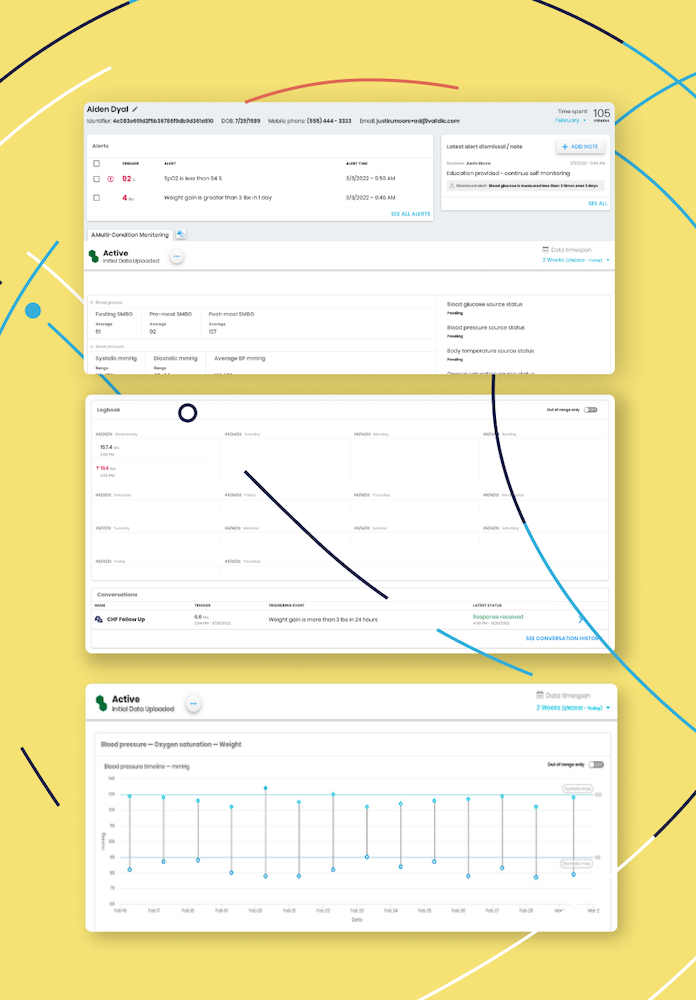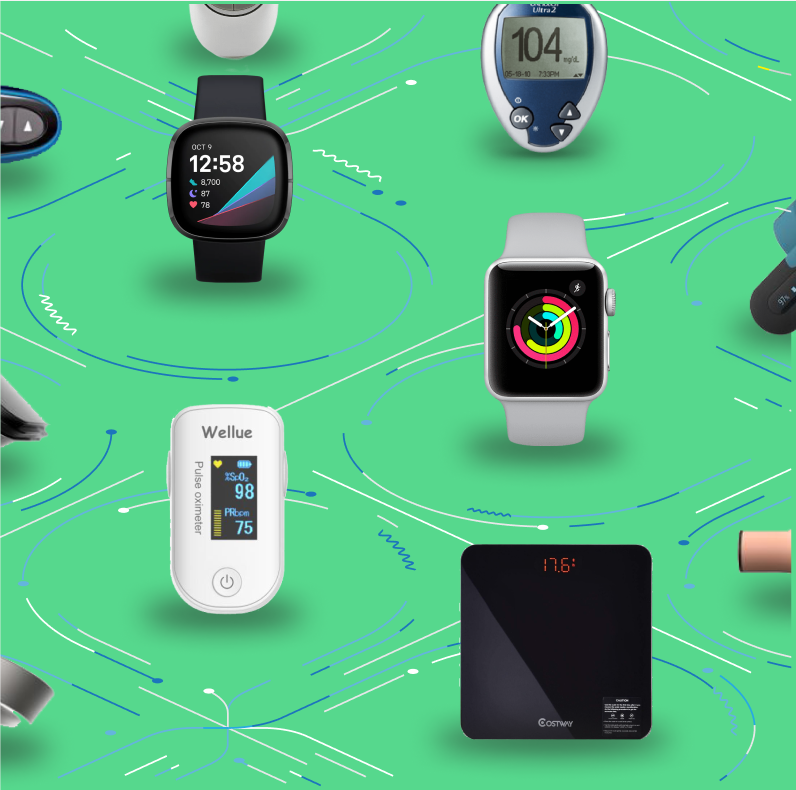Patient-Generated Health Data (PGHD) refers to health-related data created, recorded, or gathered by or from patients outside traditional clinical settings. This data includes a wide range of information, such as:
- Vital signs: Blood pressure, heart rate, weight, temperature.
- Health behaviors: Physical activity, diet, sleep patterns.
- Symptoms and experiences: Pain levels, mood, medication side effects.
- Lifestyle information: Stress levels, daily routines, and environmental factors.
Unlike traditional medical data collected during clinical visits, PGHD is generated consistently in real-world settings, providing a more comprehensive and nuanced picture of an individual’s health.
Importance of Patient-Generated Health Data in Modern Healthcare
Patient-Generated Health Data is reshaping healthcare by:
- Providing consistent data streams for ongoing patient monitoring.
- Enabling early detection of potential health issues.
- Reducing hospital readmissions through better management of chronic conditions.
- Increasing patient engagement and self-management.
- Supporting value-based care initiatives by improving quality performance and reducing costs.




